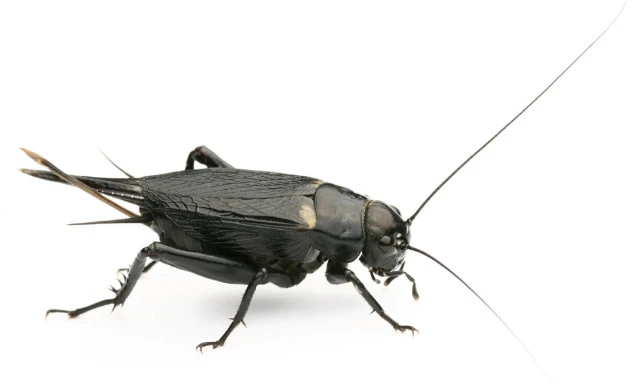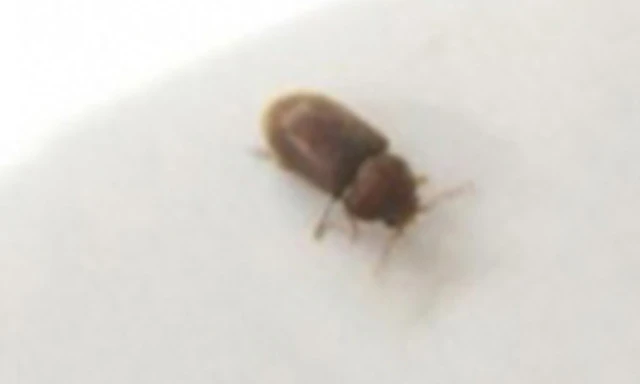Insect Life Cycles
It is useful to understand insect life-cycles when you want to control pest insects.
Insects have external skeletons of chitin. The limited flexibility of this chitin cuticle stops insects being able to grow without shedding the cuticle. So, insects grow in a series of periodic moults; exiting their exoskeleton, expanding and hardening a new cuticle.
Insects also develop in a process called metamorphosis. Metamorphosis is the change in form from egg to adulthood. There are three main types of metamorphosis; primitive, incomplete and complete.
- Primitive – Silverfish and booklice are examples of insects that grow through a primitive metamorphosis where a nymph hatches from an egg and grows, by moulting and expansion, through several stages which look very much like each other but a little larger each time.
- Incomplete – Cockroaches, bed bugs and termites are examples of insects that grow through incomplete metamorphosis, by moulting and expansion, through several stages that have the same basic structure but which have significant differences such as the development of wings and reproductive organisms.
- Complete – Fleas, flies, moths, borer, ants and wasps are examples of insects that grow through complete metamorphosis, by hatching from eggs as larvae which do not look at all like the adult. The larvae are ‘eating machines’ which when fully fed transform into a pupa/cocoon. In the pupal stage, the insect transforms into the mature adult form which is very different from the larva. It breaks out of the pupal cocoon and enters the adult reproductive phase.
Knowledge of the life-cycle of the insect pest you want to control can help you in approaching the problem. For example, in control of fleas, it is useful to know that the larvae are barely mobile, legless grubs that eat almost anything organic, the pupae are immobile and protected in their cocoon, and the adults are much more mobile with biting and sucking mouthparts and only feed on blood.
Note: In many cases for insects that go through complete metamorphosis it is the larval stage that is a pest; moths, borer. Whereas it is the adult that is the pest for ants, wasps and fleas. Flies are pests both as maggots and as the adult fly.
Note Also: Creatures such as spiders, mites, slaters, centipedes and millipedes (i.e. not insects) do not go through metamorphosis but their life cycle is similar to that of primitive metamorphosis.
David Brittain
Kiwicare


